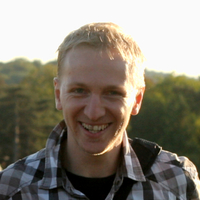Summary: The purpose of this article is to propose a research tool which would allow to understand profound and rapidly public space in small towns with its local specifics. The tool is designed for outside experts (“strangers” in... more
Summary: The purpose of this article is to propose a research tool which would allow to understand profound and rapidly public space in small towns with its local specifics. The tool is designed for outside experts (“strangers” in analyzed area) involved in the preparation of strategic and planning documents for towns and is combined of three methods: in-depth interviews, mind maps and field observations. The author conducted 15 indepth interviews in Skawina - a satellite town of Krakow. They allowed to understand the functioning of the public space (identification of important and neglected places, key issues and their changes over time, etc.). Mind maps helped to link certain interviewees' feelings to certain place and field observations allowed to assess the scale of the problems and to better understand the information gained from the interviews. The combination of these three methods gave the most possibly accurate results. The author found the positive relationship between...
